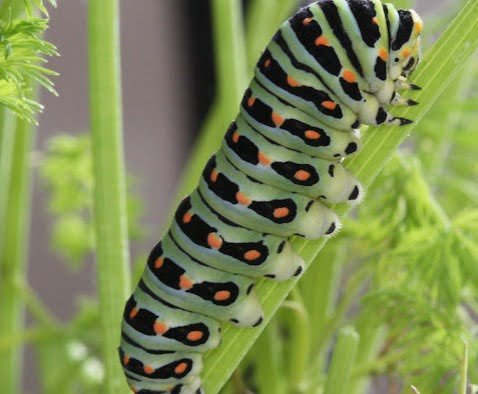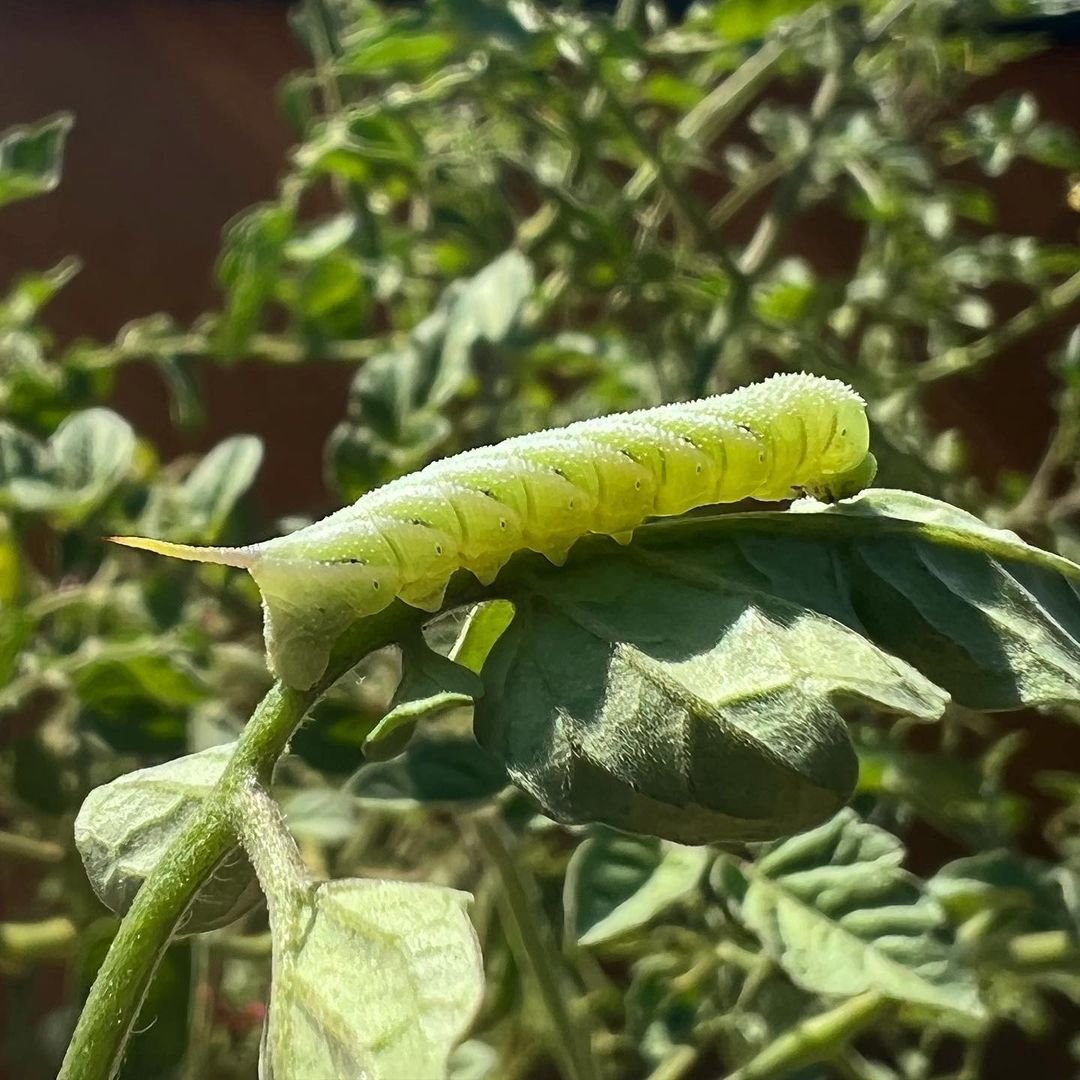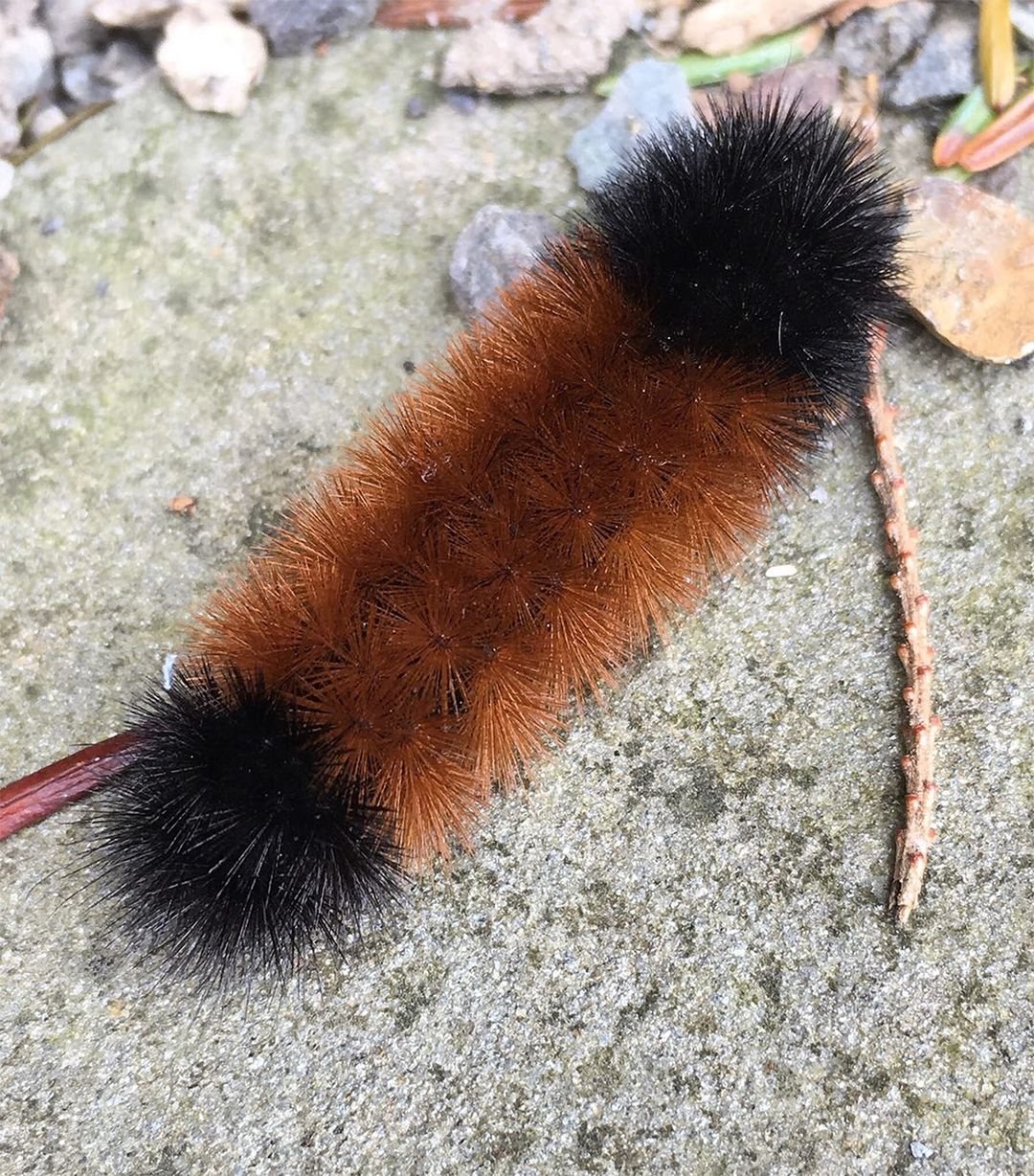Discover the captivating world of Caterpillars found throughout the Golden State. From iconic monarchs to striking swallowtails, this comprehensive guide unveils the secrets of California caterpillars identification. Explore their unique characteristics, habitats and roles within Southern California’s ecosystems, unlocking a newfound appreciation for these remarkable creatures.
A Kaleidoscope of Caterpillars: California’s Natural Wonders
California, a state renowned for its breathtaking landscapes and abundant biodiversity, is also home to a remarkable array of caterpillars. These fascinating creatures come in an astonishing variety of shapes, sizes and colors, each one more captivating than the last. From the iconic monarchs to the striking swallowtails, the Golden State’s caterpillar population is a true testament to nature’s artistry. In this comprehensive guide, we’ll delve into the world of California caterpillars identification, exploring the unique characteristics and habitats of these incredible creatures.
Monarch Caterpillars: Iconic Beauties of Southern California

Here’s a short information chart about Monarch Caterpillars:
| Category | Details |
|---|---|
| Scientific Name | Danaus plexippus |
| Habitat | Primarily found in California; habitats include meadows, fields and gardens with milkweed plants. |
| Diet | Feeds exclusively on milkweed plants (Asclepias spp.). |
| Appearance | Striped with black, white and yellow bands. |
| Life Cycle Stage | Caterpillar (larval stage) of the Monarch butterfly. |
| Duration as Caterpillar | About 10-14 days, depending on temperature and food availability. |
| Growth Stages | Passes through 5 instars (growth stages) before pupating. |
| Predators | Birds, spiders and other insects; milkweed toxins provide some protection. |
| Behavior | Actively feeds on milkweed leaves; known for their voracious appetite. |
| Defense Mechanism | Sequesters toxic compounds from milkweed, making them unpalatable to predators. |
| Transformation | Forms a chrysalis after the caterpillar stage; undergoes metamorphosis into a butterfly. |
| Significance | Important for ecosystem as pollinators and as a part of the food web. |
When it comes to Southern California caterpillars, few are as recognizable as the iconic monarch. These striped, black-and-yellow beauties are a familiar sight throughout the region, feasting on milkweed plants. Monarch caterpillars undergo a remarkable transformation, eventually emerging as the stunning orange-and-black butterflies that have captured the hearts of nature enthusiasts worldwide. Their incredible migration journey, spanning thousands of miles, is a true marvel of nature.
Western Tiger Swallowtail Caterpillars: Striking Wonders of California

Here’s a short information chart about Western Tiger Swallowtail Caterpillars:
| Category | Details |
|---|---|
| Scientific Name | Papilio rutulus |
| Habitat | Found in Western California; habitats include woodlands, forests, parks and gardens. |
| Diet | Feeds on leaves of various host plants such as willows, cottonwoods, aspens and alder trees. |
| Appearance | Early instars are dark brown or black with a white saddle; later instars are green with eye spots. |
| Life Cycle Stage | Caterpillar (larval stage) of the Western Tiger Swallowtail butterfly. |
| Duration as Caterpillar | Approximately 3-4 weeks, varying with environmental conditions. |
| Growth Stages | Passes through 5 instars (growth stages) before pupating. |
| Predators | Birds, spiders and other insects. |
| Behavior | Often rests on host plant leaves; can exhibit a “saddle” posture. |
| Defense Mechanism | Mimics bird droppings in early stages for camouflage; later stages use eye spots to deter predators. |
| Transformation | Forms a chrysalis after the caterpillar stage; undergoes metamorphosis into a butterfly. |
| Significance | Important for ecosystem as pollinators and as part of the food web; indicator species for healthy habitats. |
The western tiger swallowtail caterpillars are a sight to behold, with their distinctive black bodies adorned with vibrant yellow stripes and rows of fleshy protrusions. These remarkable California caterpillars can often be found munching on the leaves of willow, cherry and ash trees throughout the state. Their transformation into the beautiful tiger swallowtail butterflies is a captivating process to witness, making them a favorite among nature enthusiasts.
Anise Swallowtail Caterpillars: Southern California’s Garden Guests

Here’s a short information chart about Anise Swallowtail Caterpillars:
| Category | Details |
|---|---|
| Scientific Name | Papilio zelicaon |
| Habitat | Found in Western California; habitats include fields, gardens, meadows and open areas with host plants. |
| Diet | Feeds on leaves of plants in the carrot family (Apiaceae), including fennel, parsley, dill and anise. |
| Appearance | Green with black bands and orange spots; early instars resemble bird droppings. |
| Life Cycle Stage | Caterpillar (larval stage) of the Anise Swallowtail butterfly. |
| Duration as Caterpillar | Approximately 3-4 weeks, depending on environmental conditions. |
| Growth Stages | Passes through 5 instars (growth stages) before pupating. |
| Predators | Birds, spiders, and other insects. |
| Behavior | Feeds actively on host plants; can be found on both cultivated and wild members of the carrot family. |
| Defense Mechanism | Early instars mimic bird droppings; later instars possess an osmeterium (an orange, forked gland) to deter predators. |
| Transformation | Forms a chrysalis after the caterpillar stage; undergoes metamorphosis into a butterfly. |
| Significance | Important for ecosystem as pollinators and as part of the food web; beneficial in gardens for controlling pest plants. |
The anise swallowtail caterpillars are a delightful addition to Southern California’s gardens and landscapes. These striking creatures boast a distinctive black-and-green coloration, adorned with yellow bands and vibrant eye-spots. They can often be found feasting on plants like fennel, dill and parsley, adding a touch of whimsy to vegetable gardens and herb patches throughout the region.
California Oakworm Caterpillars: Furry Foragers in the Woodlands

Here’s a short information chart about California Oakworm Caterpillars:
| Category | Details |
|---|---|
| Scientific Name | Phryganidia californica |
| Habitat | Found throughout California; primarily inhabits oak woodlands and forests. |
| Diet | Feeds on the leaves of oak trees, especially coast live oak (Quercus agrifolia) and other oak species. |
| Appearance | Cream-colored with dark longitudinal stripes; early instars are uniformly dark brown or black. |
| Life Cycle Stage | Caterpillar (larval stage) of the California oakworm moth. |
| Duration as Caterpillar | Approximately 4-6 weeks, depending on environmental conditions and food availability. |
| Growth Stages | Passes through several instars before pupating. |
| Predators | Birds, parasitic wasps, and other insects. |
| Behavior | Can defoliate oak trees during heavy infestations; typically active from late spring to early fall. |
| Defense Mechanism | Mimicry and coloration provide some camouflage against predators. |
| Transformation | Forms a pupa after the caterpillar stage; undergoes metamorphosis into a moth. |
| Significance | Plays a role in the ecosystem by influencing oak tree health and serving as a food source for predators. |
The California oakworm caterpillars are a fascinating species found throughout the state’s oak woodlands, making them an important part of California caterpillars identification. These furry creatures come in a range of colors, from deep browns to vibrant reds and oranges. While their feeding habits can sometimes cause concern for oak tree health, they play a crucial role in the ecosystem, providing food for numerous bird and insect species.
Tomato Hornworm Caterpillars: Unexpected Garden Guests

Here’s a short information chart about Tomato Hornworm Caterpillars:
| Category | Details |
|---|---|
| Scientific Name | Manduca quinquemaculata |
| Habitat | Found throughout California; commonly in gardens, agricultural fields, and areas with host plants. |
| Diet | Feeds on leaves of plants in the nightshade family (Solanaceae), especially tomatoes, potatoes, eggplants and peppers. |
| Appearance | Green with white diagonal stripes and a prominent horn on the posterior end; can grow up to 4 inches long. |
| Life Cycle Stage | Caterpillar (larval stage) of the Five-spotted Hawk Moth. |
| Duration as Caterpillar | Approximately 3-4 weeks, depending on environmental conditions. |
| Growth Stages | Passes through 5 instars (growth stages) before pupating. |
| Predators | Birds, parasitic wasps, and other insects. |
| Behavior | Nocturnal feeders; can cause significant damage to host plants by consuming large amounts of foliage. |
| Defense Mechanism | Camouflaged against foliage; the horn may deter some predators, but it is harmless to humans. |
| Transformation | Forms a pupa in the soil after the caterpillar stage; undergoes metamorphosis into a large hawk moth. |
| Significance | Considered a major pest in agriculture and home gardens due to their feeding habits on cultivated crops. |
While their name might not inspire confidence, the tomato hornworm caterpillars are truly remarkable creatures that can be found throughout California. These large, green caterpillars sport striking horn-like protrusions and can often be found munching on tomato, potato, and other nightshade plants. Despite their voracious appetites, they eventually transform into the impressive sphinx moths, adding to the state’s diverse moth population.
Woolly Bear Caterpillars: Fuzzy Forecasters of California

Here’s a short information chart about Woolly Bear Caterpillars:
| Category | Details |
|---|---|
| Scientific Name | Pyrrharctia isabella |
| Common Name | Woolly Bear, Woolly Worm |
| Habitat | Found throughout California; commonly in meadows, fields, gardens and forests. |
| Diet | Feeds on a wide variety of plants, including grasses, clover, dandelions, nettles and many garden plants. |
| Appearance | Fuzzy with alternating bands of black and reddish-brown or orange. |
| Life Cycle Stage | Caterpillar (larval stage) of the Isabella Tiger Moth. |
| Duration as Caterpillar | Several months, often overwintering in the caterpillar stage. |
| Growth Stages | Passes through several instars before pupating. |
| Predators | Birds, small mammals and other insects. |
| Behavior | Known for their distinctive rolling up when disturbed; often seen in fall as they search for overwintering sites. |
| Defense Mechanism | Bristles can irritate the skin of some predators and humans; rolling up helps protect their vulnerable parts. |
| Transformation | Forms a cocoon in spring after overwintering; undergoes metamorphosis into an Isabella Tiger Moth. |
| Significance | Popular in folklore for predicting winter severity based on the width of the orange band; an important part of the ecosystem as both herbivores and prey. |
No discussion of California caterpillars identification would be complete without mentioning the iconic woolly bears. These fuzzy, banded caterpillars are a familiar sight throughout the state, often seen crossing roads and trails. While their distinctive black-and-brown bands have long been used as folklore predictors of winter severity, these charming creatures are simply fascinating to observe as they go about their business in California’s diverse landscapes.
Appreciating California’s Caterpillar Diversity
While the caterpillars mentioned above are just a sampling of the incredible diversity found in California, there are countless other species waiting to be discovered and appreciated throughout the state. By learning to identify these fascinating creatures through their distinctive markings, coloration, and the plants they frequent, you’ll unlock a newfound appreciation for the natural wonders that call California home.
Remember, caterpillars play a vital role in the ecosystem, serving as important food sources for birds, bats, and other wildlife. They also contribute to plant pollination and nutrient cycling, making them true unsung heroes of the natural world. Whether you’re exploring the oak woodlands of Northern California or the vibrant gardens of Southern California, keep an eye out for these remarkable creatures and take a moment to observe their unique beauty and behaviors.
California’s diverse landscapes harbor a captivating array of caterpillars, each one more fascinating than the last. From the iconic monarchs to the striking swallowtails, these remarkable creatures offer a glimpse into the intricate workings of nature. By embarking on the journey of California caterpillars identification, you’ll not only deepen your connection with the natural world but also gain a greater appreciation for the vital roles these incredible creatures play in sustaining our ecosystems. So, the next time you encounter a caterpillar in your backyard or on a hiking trail, take a moment to marvel at its beauty and complexity – you might just discover a newfound appreciation for these remarkable residents of the Golden State.
Pingback: 6 Most Popular Callisia Repens Varieties You Need to Know